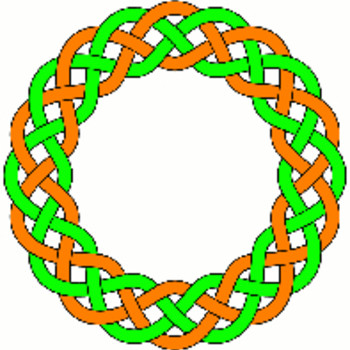What are the intercepts for Y=-2x^2-8x+6?
1 Answer
Intercepts on x-axis:
Intercept on y-axis:
Explanation:
The function crosses the x-axis when
Hence, to find the intercepts with the x-axis, it is necessary to find values of x satisfying
Which may be solved by factorisation (if there is a neat integer solution), by "completing the square", or (equivalently) by using the quadratic formula (if it does not easily factorise).
Noting that all of the coefficients are even and that
Noting that the constant "-3" has factors "3" and "1", one of which must be negative, and that the sum of these factors will be 2 or -2 (according to which is set to negative), it seems that this expression cannot be neatly factorised. Hence it is expedient to use the quadratic formula (don't waste time searching for factors if it does not look hopeful).
Using the quadratic formula, values of x satisfying the original equation are given by
("plus or minus" became "minus or plus", but this amounts to the same thing in this particular instance as order is not important)
So the intercepts on the x-axis (recalling that
and
The function will cross the y-axis when
So the intercept on the y-axis is:

